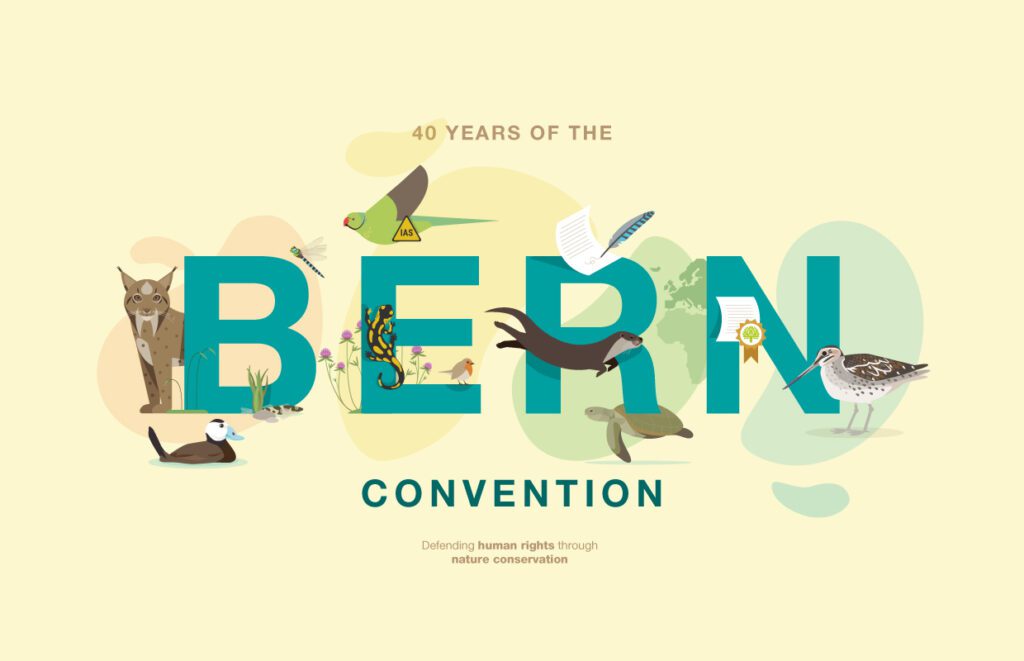Main Takeaway: The Berne Convention 1886 revolutionized copyright law by establishing automatic, national, and independent protection for literary and artistic works across borders. Its foundational principles—automatic protection, national treatment, and independence of protection—remain integral to global copyright today, even as the treaty faces digital-era challenges and calls for modernization.

Table of Contents
The Origins of the Berne Convention 1886
The Berne Convention 1886 was adopted on September 9, 1886, in Berne, Switzerland, by ten pioneering European states seeking uniform copyright standards. Spurred by the Association Littéraire et Artistique Internationale’s draft and Swiss diplomatic efforts, this landmark treaty created the “Berne Union,” a global framework ensuring authors’ works received consistent protection internationally.
Early revisions—Paris (1896), Berlin (1908), Brussels (1948), Stockholm (1967), and Paris again (1971)—expanded its scope to include cinematographic works and strengthened moral rights. The 1979 amendment codified contemporary protections, yet the last substantive Berne Convention 1886 update predates the digital revolution.
Core Principles of the Berne Convention 1886
Berne Convention Core Principles
- National Treatment
Under the Berne Convention 1886, each member state must grant works of foreign authors the same protection enjoyed by its nationals (Art. 5(1))—eliminating discrimination based on origin. - Automatic Protection
Protection arises automatically upon fixation of a work in tangible form, without requiring formalities like registration or notice (Art. 5(2)). This principle remains a cornerstone of the Berne Convention 1886, ensuring creators worldwide benefit from immediate rights. - Independence of Protection
The treaty ensures that protection in one contracting state is independent of the work’s status in its country of origin (Art. 5(3)). Thus, a work can be protected under the Berne Convention 1886 in multiple jurisdictions regardless of domestic formalities elsewhere.
Minimum Standards and Exclusive Rights
The Berne Convention mandates baseline protections for “literary and artistic works” (Art. 2), covering:
- Duration: Life of the author plus at least 50 years; many nations extend to life plus 70 years.
- Economic Rights: Reproduction, translation, adaptation, public performance, broadcasting, communication to the public, and audiovisual uses.
- Moral Rights: Paternity (attribution) and integrity (preventing distortion), lasting at least as long as economic rights, often perpetual in certain jurisdictions (Art. 6bis).
Exceptions and Limitations
Beyond exclusive rights, the Berne Convention 1886 recognizes necessary exceptions under the Three-Step Test (Art. 9(2)):
- Exceptions apply only in special cases.
- They do not conflict with normal exploitation of the work.
- They do not unreasonably prejudice legitimate interests of the author.
Key exceptions include quotations for criticism/news (Art. 10(1)), teaching and research (Art. 10(2)), and reproduction of daily news (Art. 2(8)).

Global Membership and Governance
As of July 2025, 181 countries out of 195 worldwide are contracting parties to the Berne Convention 1886, forming the Berne Union under WIPO’s stewardship. Notably, membership is open to any state party to the Paris Union or United Nations, or invited by the WIPO General Assembly. The treaty lacks a standing secretariat; its interpretation and updates are overseen by periodic diplomatic conferences and WIPO bodies.
Enforcement Mechanisms and Dispute Resolution
Enforcement under the Berne Convention 1886 is primarily territorial: infringement is adjudicated according to local law, yet national treatment ensures foreign works are equally safeguarded. While there is no dedicated international tribunal, the TRIPS Agreement (1994) incorporated Berne standards—excluding moral rights—into WTO obligations, enabling dispute settlement through WTO mechanisms.
Digital-Age Challenges to the Berne Convention 1886
Berne Convention in the Digital Era
The last substantive amendment to the Berne Convention 1886 occurred in 1979, well before the Internet’s rise. Digital copying and distribution circumvent analog concepts of “publication” and territoriality, leading to legal ambiguities and enforcement gaps. For instance:
- Digital Publication: Internet dissemination inherently involves distribution and reproduction; defining “publication” online remains contentious.
- Country of Origin: Online content can originate from multiple jurisdictions simultaneously, complicating formalities and potentially imposing divergent obligations.
Supplementary treaties—the WIPO Copyright Treaty (1996) and WIPO Performances and Phonograms Treaty (1996)—address digital environments by emphasizing technological protection measures and rights management. However, they do not fully resolve the foundational digital-era gaps of the Berne Convention 1886.
Contemporary Critiques and Calls for Modernization
Scholars advocate for updating the Berne Convention to:
- Revise definitions of “publication” and “country of origin” to reflect online distribution.
- Introduce periodic review mechanisms for faster adaptation to technological change.
- Clarify three-step-test guidance for digital exceptions, balancing access for education, disability, and libraries with robust author protections.
Proposed reforms include embedding clearer digital-environment terminology and leveraging WIPO’s guidance to foster uniform domestic implementations.
Best Practices for Compliance and Enforcement
To navigate the Berne Convention framework, stakeholders should:
- Register works locally (where available) for stronger evidentiary foundations, despite automatic protection.
- Employ digital rights management tools to enforce rights and monitor unauthorized uses.
- Leverage WTO-TRIPS dispute mechanisms for cross-border enforcement when domestic remedies prove inadequate.
Frequently Asked Questions
Q1: What exactly is the Berne Convention ?
The Berne Convention is a multilateral treaty establishing minimum standards for copyright protection, ensuring automatic, national, and independent rights for authors across member states.
Q2: How many countries are part of the Berne Convention 1886?
As of 2025, 181 states are contracting parties to the Berne Convention 1886, representing the vast majority of nations worldwide.
Q3: Does the Berne Convention 1886 require copyright registration?
No. The treaty’s automatic protection principle eliminates formalities; rights arise upon fixation of the work.
Q4: How long does the Berne Convention 1886 protect works?
Protection lasts at least the life of the author plus 50 years. Many jurisdictions extend to life plus 70 years.
Q5: What rights does the Berne Convention 1886 grant authors?
It recognizes economic rights (reproduction, adaptation, public performance, etc.) and moral rights (attribution and integrity).
Q6: How does the Berne Convention 1886 address digital piracy?
While the treaty predates the Internet, digital-era issues are partly addressed by supplementary WIPO treaties (WCT and WPPT). Calls persist to directly modernize the Berne Convention 1886 for the digital context.
Q7: Can countries implement additional exceptions?
Yes. The three-step test allows exceptions for special cases—criticism, research, and education—provided they do not conflict with normal exploitation or prejudice authors.
Q8: How are disputes under the Berne Convention 1886 resolved?
Disputes rely on domestic legal remedies. TRIPS-linked Berne obligations enable WTO dispute settlement for member states in trade conflicts.
The Berne Convention 1886 remains the bedrock of international copyright, having established an enduring framework of automatic, national, and independent protections. As digital technologies continue transforming creative expression and dissemination, the treaty’s analog-era definitions face stress tests—underscoring the urgent need for targeted modernization to preserve the convention’s original spirit in the 21st century.